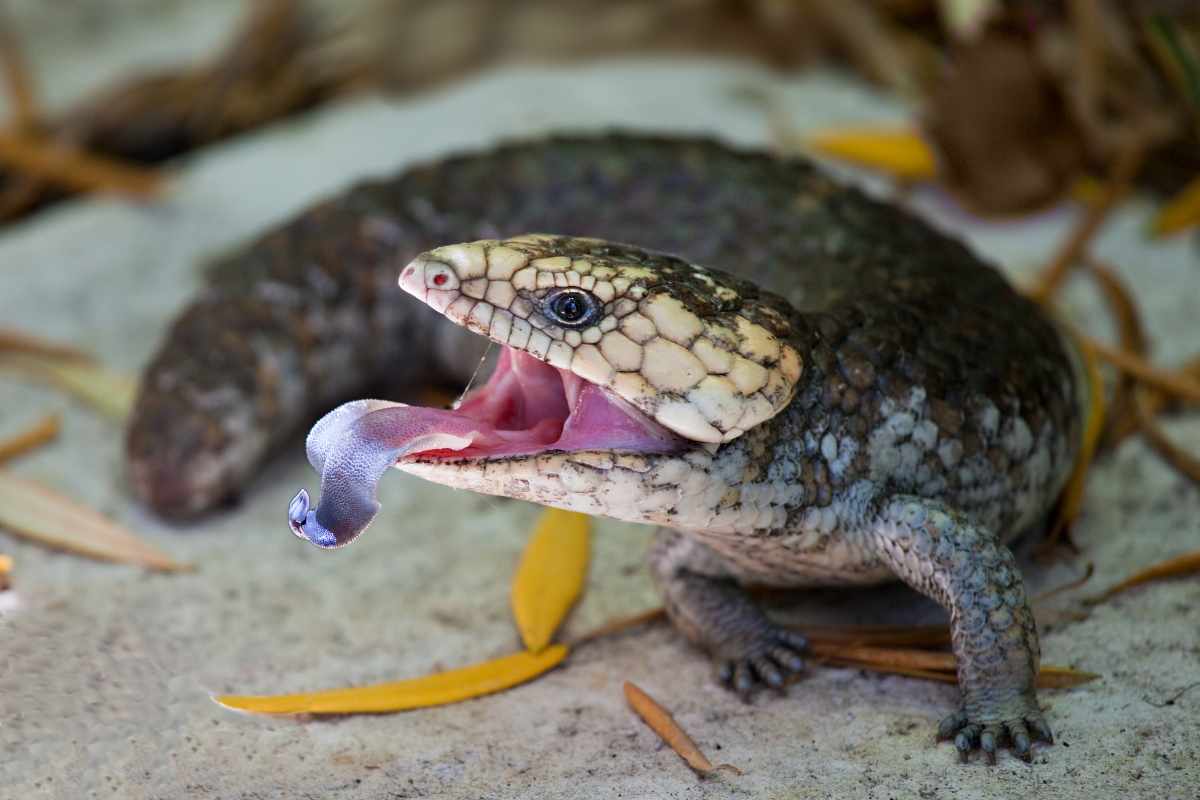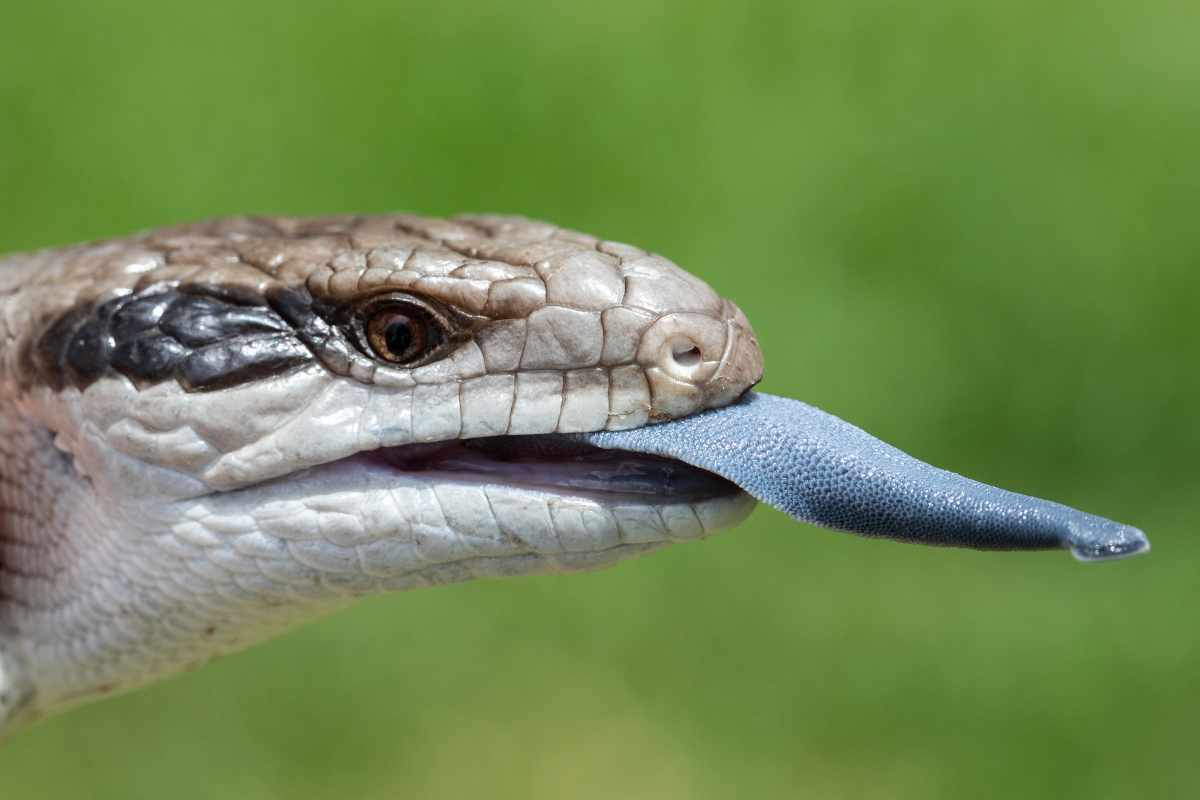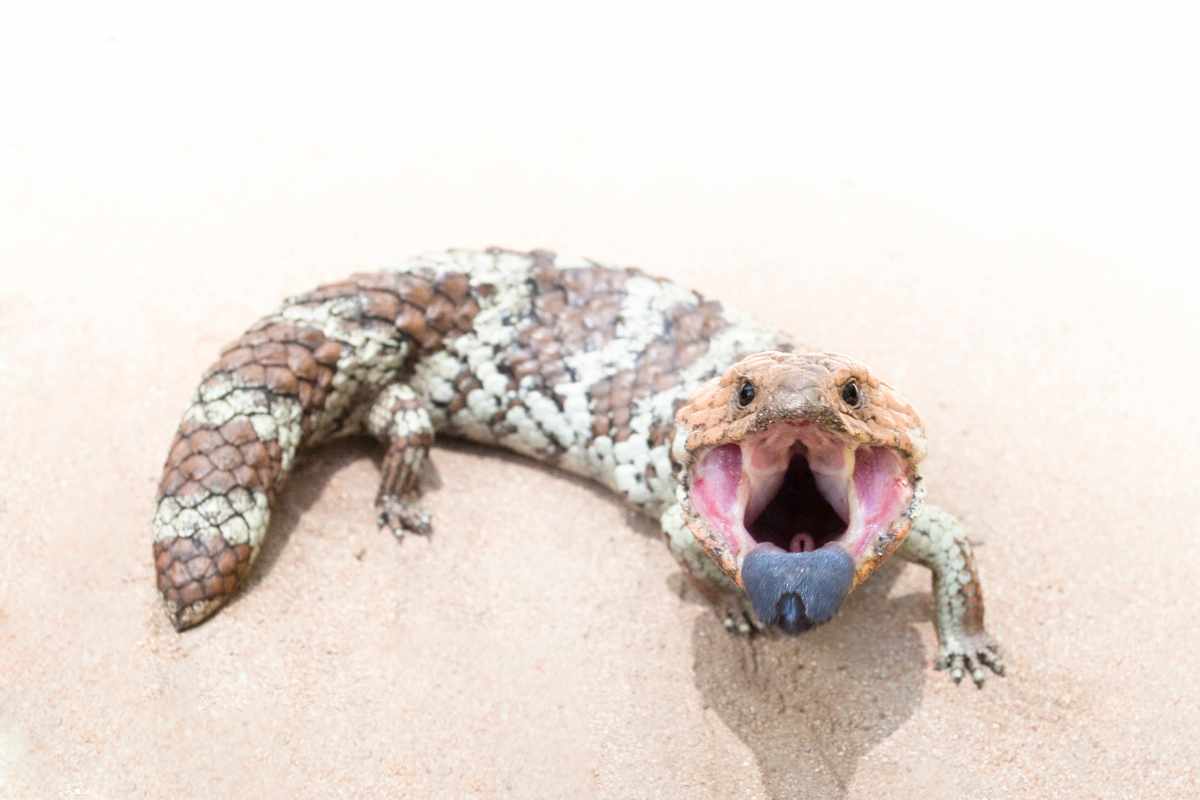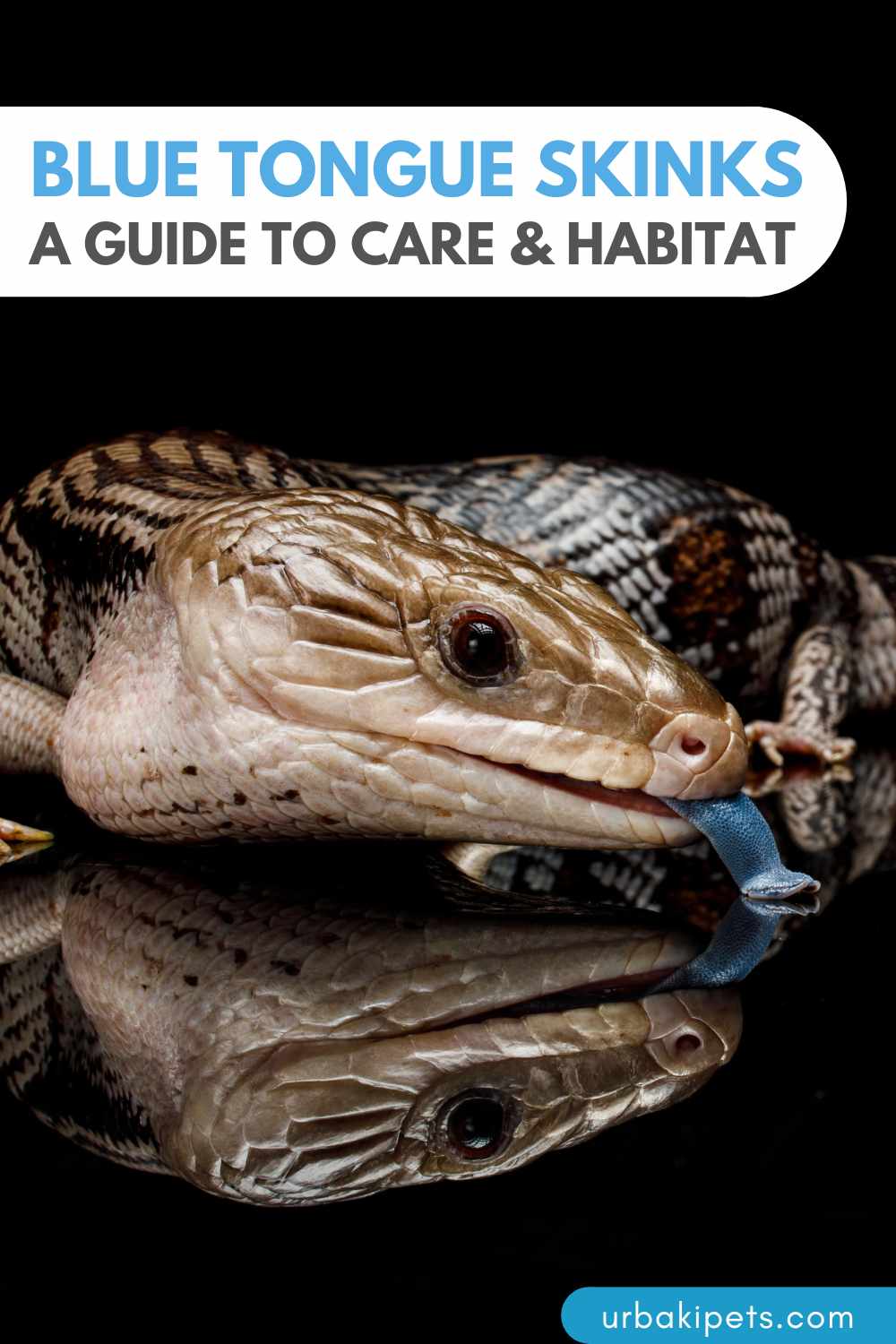Blue Tongue Skinks - A Guide to Care and Habitat

Blue tongue skinks are among the most captivating reptiles in the pet world. With their signature sapphire-colored tongues and laid-back temperament, they have become a favorite for those looking to welcome a low-maintenance yet engaging reptile into their home.
Native to Australia and parts of Indonesia, these lizards are ground-dwellers that thrive in well-prepared enclosures and respond well to consistent, gentle handling.
Understanding their unique needs and habits will ensure that they live happy, healthy lives in captivity.
From their dietary preferences to habitat requirements, here's everything you need to know about keeping a blue tongue skink as a pet.
Getting to Know Their Temperament and Behavior
One of the first things new keepers notice is how calm and observant blue tongue skinks are. These reptiles prefer a slow pace and typically don’t mind being picked up once they’re used to their surroundings.
They may freeze or puff up slightly if startled, but they rarely show aggression. Many even grow fond of routine and can learn to recognize feeding time and their caregivers’ presence.
They are solitary by nature and don’t require the companionship of other reptiles, making them a perfect choice for individuals who prefer a single-pet setup.
Their docile behavior and manageable size make them an ideal choice for beginners and seasoned keepers alike.

Housing Requirements for a Comfortable Life
To ensure a healthy and happy skink, it’s important to provide a spacious enclosure. A minimum of 40 gallons is recommended for a single adult, but larger is always better. The enclosure should offer room for movement, with a mix of open floor space and hiding spots.
A temperature gradient is key. One side of the enclosure should remain cooler (around 75-80°F), while the basking area needs to reach up to 100°F.
Proper UVB lighting is also essential to help with calcium absorption and prevent metabolic bone disease.
Substrate choices vary, but aspen shavings, cypress mulch, or a blend of topsoil and coconut fiber can work well. Avoid anything too dry or dusty, as blue tongue skinks appreciate some humidity, especially Indonesian species.
Provide a shallow water dish and mist the enclosure lightly if needed.
Diet and Feeding Schedule
These omnivorous reptiles enjoy a broad diet that mirrors what they might find in the wild. A mix of protein, vegetables, and occasional fruits provides essential nutrients.
Lean meats, insects like crickets or dubia roaches, and high-quality wet dog food can serve as the protein source.
Collard greens, dandelion leaves, squash, and sweet potatoes are great vegetable options.
Fruits should be limited, but can include berries or mango in small amounts. Feed juveniles daily, and adults every two to three days.
Calcium and vitamin supplementation are necessary to keep your skink thriving. Dust their meals with reptile-safe powders a few times a week, adjusting based on age and health needs.

Shedding and Grooming Considerations
Shedding is a natural process, and a healthy skink should shed in complete sections. Humidity plays a crucial role in this. If the enclosure is too dry, shedding can be patchy, particularly around toes and the tail tip.
Providing a humid hide, gently misting, or soaking the skink in shallow lukewarm water can assist with stubborn sheds.
Never pull stuck skin—use soft tools like a damp cotton swab if needed.
Keep their nails trimmed to prevent overgrowth, especially if your skink isn’t very active. Most won’t need frequent bathing unless they get visibly dirty or are dealing with a stuck shed.
Health Observations and Common Issues
Blue tongue skinks are generally hardy, but it’s essential to watch for signs of illness. Lethargy, poor appetite, wheezing, or swelling can indicate something is wrong.
Respiratory infections are a risk if the humidity or temperature is off, while improper diets can lead to nutritional deficiencies.
A vet familiar with reptiles should be consulted for regular checkups. Catching any issue early often makes treatment easier and recovery quicker.

Tips for Enrichment and Interaction
Though not as interactive as a dog or cat, blue tongue skinks can still enjoy enrichment. Rearranging enclosure decor occasionally, offering climbing opportunities, or placing safe objects to explore can stimulate their curiosity.
Some keepers even allow supervised floor time in a secure, escape-proof space.
Interaction should be on the skink’s terms—gentle, patient, and calm. Overhandling can cause stress, especially in newly acquired pets.
They aren’t fans of sudden movements or loud sounds, so create a peaceful environment for them to feel secure. Bonding takes time, but it’s deeply rewarding to see a shy reptile become a trusting companion.
A Long-Term Commitment Worth the Effort
These reptiles can live up to 20 years in captivity with proper care. They are not a short-term commitment but instead a long-lasting companion for those who invest the time to understand and care for them correctly.
With their unique appearance, quiet charm, and manageable care needs, blue tongue skinks continue to win hearts.
Whether you’re fascinated by reptiles or simply looking for a pet that’s a little different, this species offers a wonderful blend of personality and beauty.
Did you find this post useful or inspiring? Save THIS PIN to your PETS Board on Pinterest!


You may also like